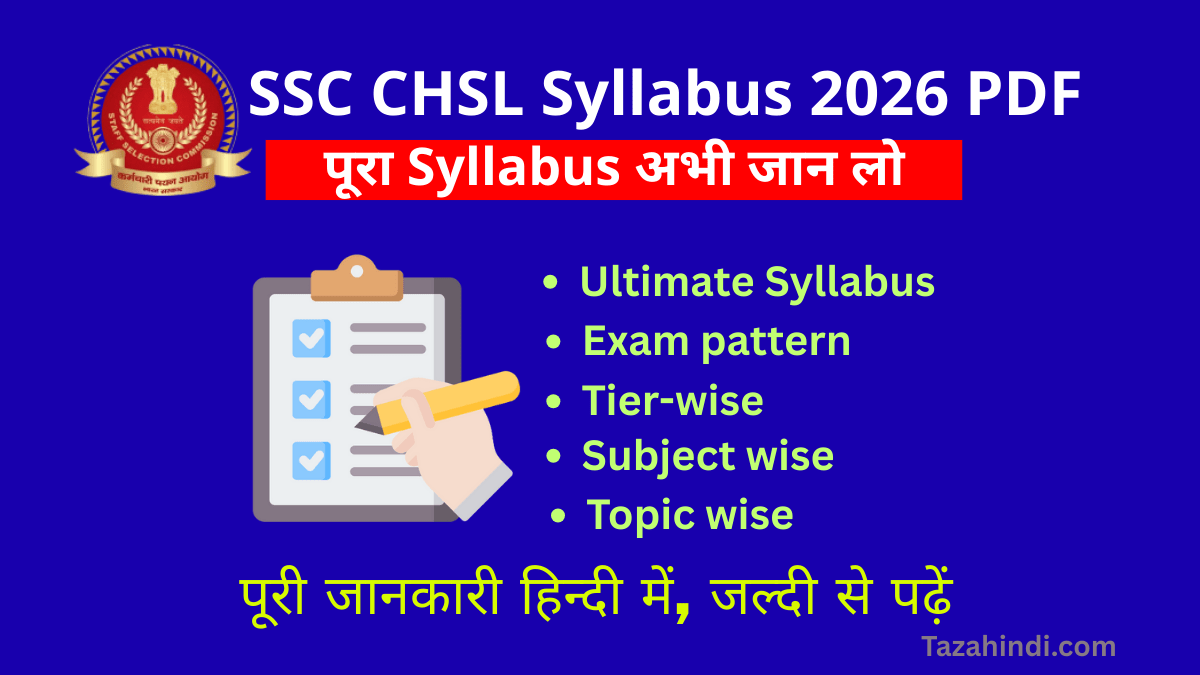In today’s digital age, managing and organizing data is crucial for effective decision-making. Google Sheets, a popular spreadsheet application, offers various formatting options to enhance data presentation. One such feature is text wrapping, which allows you to control how text is displayed within cells. In this article, I will explain what Text Wrapping, its significance in spreadsheet applications, the difference between wrapping text within a cell and merging cells, the benefits of using text wrapping in Google Sheets, step-by-step instructions on how to Wrap Text in Google Sheets, advanced techniques, best practices, and a conclusion that summarizes the key takeaways.
What is Text Wrapping?
Text wrapping refers to the process of adjusting the display of text within a cell to fit the available space. It ensures that the entire text is visible without extending beyond the cell boundaries. Text wrapping is particularly useful when working with lengthy text strings, such as descriptions, notes, or comments, enabling better readability and organization of data.
Significance of Text Wrapping in Spreadsheet applications
Text wrapping plays a vital role in spreadsheet applications for several reasons. Firstly, it helps prevent data truncation, ensuring that all information is visible to users. Secondly, it enhances the visual appeal and professionalism of a spreadsheet, making it easier to understand and analyze data. Moreover, text wrapping allows for better documentation and annotations, improving collaboration and knowledge sharing among team members.
Difference between wrapping text within a cell and merging cells
It’s essential to understand the distinction between wrapping text within a cell and merging cells. Wrapping text within a cell adjusts the display of text without altering the structure of the worksheet. On the other hand, merging cells combines multiple adjacent cells into a single, larger cell. While merging cells can also facilitate text wrapping, it affects the layout and structure of the spreadsheet. Therefore, it’s crucial to choose the appropriate method based on your specific requirements.
Also Read : How to Merge Cells in Google Sheets
Benefits of using text wrapping in Google Sheets
Text wrapping offers numerous benefits to Google Sheets users. Firstly, it allows for better organization and clarity of data, improving the overall readability of the spreadsheet. Secondly, it helps save space by preventing cells from extending horizontally, which is especially useful when working with limited screen real estate. Additionally, text wrapping is a non-destructive formatting option, meaning it does not affect the actual data contained within the cells.
How to Wrap Text in Google Sheets
To wrap text in Google Sheets, follow these simple steps:
- Select the cell(s) where text wrapping is desired.
- Access the “Format” menu or right-click and choose “Format cells.”
- Navigate to the “Alignment” tab within the “Format cells” dialog box.
- Enable the text wrapping option.
- Adjust row height, if necessary, to accommodate the wrapped text.
Advanced Text Wrapping Techniques
Google Sheets provides advanced techniques to enhance text wrapping functionality. These include:
- Applying conditional text wrapping based on cell contents: Utilize custom formulas and conditional formatting rules to wrap text conditionally, such as wrapping text only if it exceeds a certain character limit.
- Wrapping text in multiple cells simultaneously: Select a range of cells and apply text wrapping collectively, saving time and effort.
- Handling long text strings with automatic text wrapping: Google Sheets automatically wraps lengthy text within cells, allowing you to view the complete text without adjusting the cell width.
Also Read : How to Freeze a Row in Google Sheets: Comprehensive Guide
Best Practices for Text Wrapping
To optimize text wrapping in Google Sheets, consider the following best practices:
- Choose appropriate font styles and sizes: Ensure that the selected font styles and sizes are legible and visually appealing.
- Utilize horizontal alignment options alongside text wrapping: Combine text wrapping with horizontal alignment (e.g., left, center, right) for optimal presentation and readability.
- Incorporate text wrapping with other formatting features: Combine text wrapping with features like borders, cell colors, or font formatting to create visually appealing and well-structured spreadsheets.
Also Read : How to create a website without paying any money
Conclusion
Text wrapping is a valuable tool in Google Sheets that enables users to organize and present data effectively. By following the step-by-step instructions provided in this article, you can easily wrap text within cells and take advantage of advanced techniques. By adhering to best practices, you can create visually appealing and well-structured spreadsheets that enhance data analysis and collaboration.
FAQs
-
Can I wrap text in merged cells?
Yes, you can wrap text in merged cells in Google Sheets. Simply select the merged cells, follow the steps for wrapping text within a cell, and the text will wrap within the merged area.
-
How do I adjust row height to accommodate wrapped text?
To adjust the row height in Google Sheets, select the row(s) you want to adjust, right-click, choose “Resize rows,” and set the desired height. The row height will automatically adjust to accommodate the wrapped text.
-
Can I conditionally wrap text based on specific criteria?
Yes, you can conditionally wrap text in Google Sheets. By using custom formulas and conditional formatting rules, you can specify conditions under which text should be wrapped. This allows you to control text wrapping based on specific criteria.
-
Does text wrapping affect the actual data in the cells?
No, text wrapping does not affect the actual data in the cells. It only adjusts how the text is displayed within the cell without altering the underlying data.
-
Can I wrap text in multiple cells simultaneously?
Yes, you can wrap text in multiple cells simultaneously in Google Sheets. Select the range of cells you want to wrap, follow the steps for wrapping text within a cell, and the text will wrap in all the selected cells.
